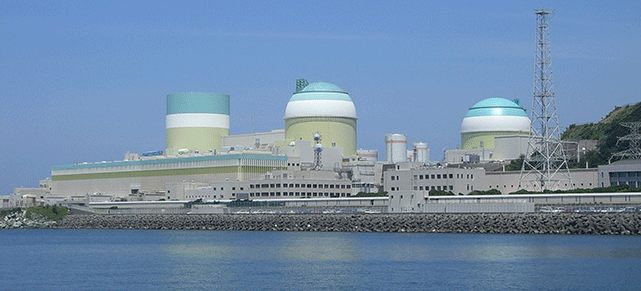While Indian Prime Minister Narendra Modi continues his high-profile visit to the United States, his government is laying the groundwork for an ambitious embrace of solar power back home. During his prior tenure as chief minister of Gujarat, he increased solar capacity across the state, as part of a broader agenda of expanding electricity access. Yet, with electricity generated by coal power jumping 21 per cent in the past year, and 300 million Indians still without regular access to electricity, transforming India’s electricity market remains a monumental task.
Elsewhere in Asia, Shikoku Electric Power Co. became the second Japanese utility in the past week to place a moratorium on new renewable energy being connected to the grid. Japan’s 48 nuclear power plants were taken offline in the aftermath of the Fukushima nuclear disaster, and a generous clean energy feed-in-tariff (FIT) was introduced in 2012 to replace this capacity. The resulting influx of new clean energy – around 72,000 MW – has stretched the already fragile grid to the breaking point.
One topic Prime Minister Modi is unlikely to cover with President Obama is the growing popularity of the Agenda 21 conspiracy theory in the United States. Agenda 21 is an innocuous action plan for sustainable development that emerged out of the UN Rio Conference in 1992. Yet for some Tea Party and small government activists, it has turned into a secret plan to establish a global government that will destroy American sovereignty, take away private property rights and force everyone off of their land and into cities. It has become so mainstream that the Republican Senate candidate for Iowa, Joni Ernst, has been sounding the alarm on Agenda 21. The Charleston newspaper The Post and Courier recently covered the Agenda 21-driven opposition to smart growth development plans in South Carolina.
As Corporate Knights prepares to release our 2014 Global 100 Sustainable MBA ranking, it’s worth taking a look at the opposite end of the spectrum: Washington Monthly magazine has compiled its annual list of America’s Worst Colleges, and it’s not pretty. Four separate rankings depict the worst schools by looking at factors, such as the net price, average student debt, the default rate and the graduation rate. If you are looking for a post-secondary institution to attend next year, the New England Institute of Art, St. Augustine’s University, Benedict College and Shimer College might not be your best bets.
The Icelandic government announced on Monday that it would convene a U.N. conference on women – but with a twist. In an attempt to accelerate the global movement towards gender equality, it said it would only be inviting men and boys. "We want to bring men and boys to the table on gender equality in a positive way," Iceland’s foreign affairs minister Gunnar Bragi Sveinsson told the U.N. General Assembly. This conference will be part of the global "HeForShe" campaign launched earlier this month, and will be co-hosted with Suriname.




